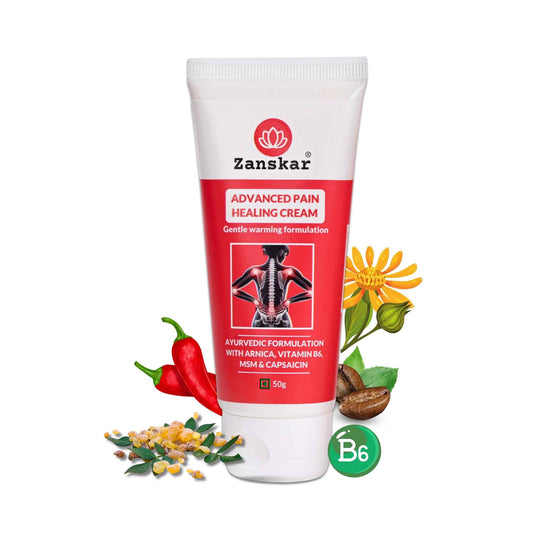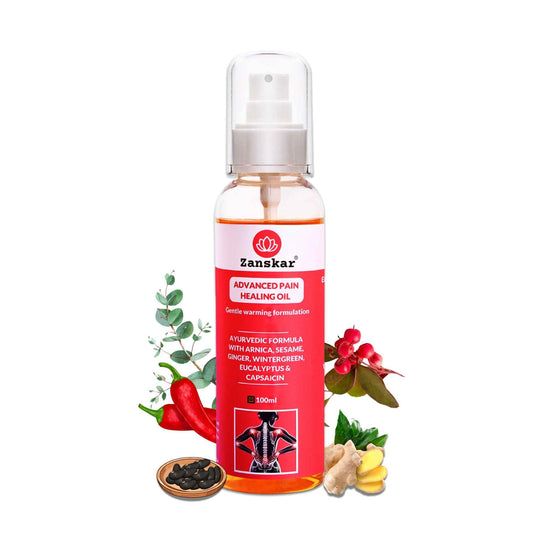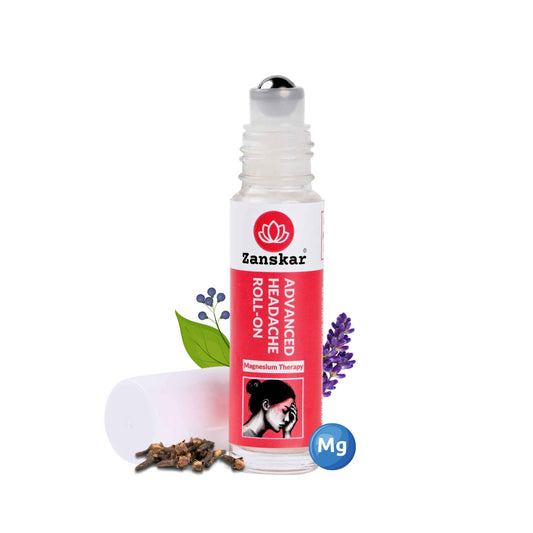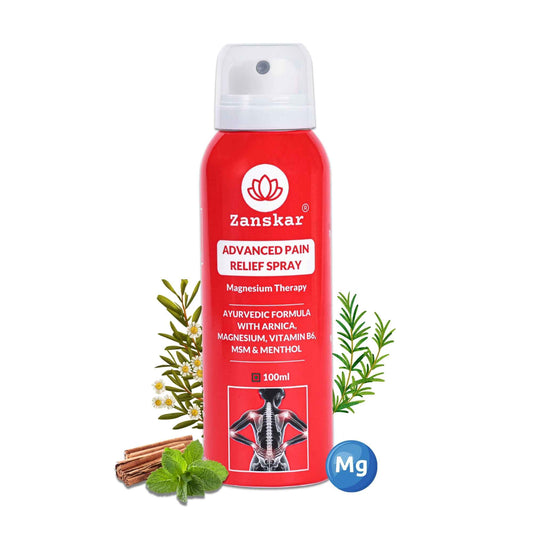
How staying active is a central protocol to manage back and joint pains
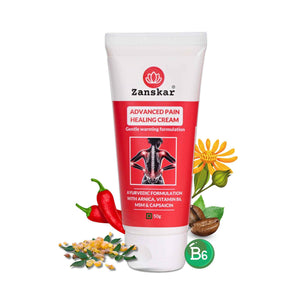
People with medical conditions, however, should be cautious when engaging in physical activity.
MSK patients should follow an exercise program customised to their specific case and prescribed by certified physical therapists. A tailored exercise program will provide the guidance they need to engage in suitable physical activities that promote their rehabilitation and physical function.
More physical activity, more pain relief and self-confidence
The piece that people usually miss in understanding why physical activity is so important is exactly how it can change the way their bodies behave and adapt. First, exercise improves overall physical ability as well as muscular strength and flexibility, reducing stiffness and improving mobility and range of motion. Secondly, exercise promotes the release of endorphins, which act like opioids in our system and lead to a decreased perception of pain.
All in all, exercise helps surpass the fear of movement, regaining confidence in movement, self-esteem, and self-efficacy.
It’s fairly simple to recognise why these factors may contribute to an improvement in quality of life and overall health.
The missing factor: compliance
By this time, the association between physical activity and effective back and joint pain management is well-established. However, there’s another critical factor for this equation to work: compliance.
In research, studies showing greater compliance with exercise programs also reported more positive outcomes. But how do we promote compliance?
According to the report mentioned above, individual-level interventions may be an effective way to “increase the volume of physical activity, especially when the interventions are based on behavioral change theories and techniques.”
Moreover, “information and communication technologies can be used to enable self-monitoring, deliver messages, and provide support”, which can help promote regular physical activity.
Why Zanskar Health is the go-to solution for pain management
Summing up what we have discussed so far, there are three key ideas to take away:
· physical activity is an effective strategy for the management of back and joint pain
· exercise programs should be customised to the individual needs of MSK patients
· exercise is more effective when there is compliance, which can be achieved through one-on-one interventions, patient education, and remote support
Zanskar Health covers all three aspects for the successful management of MSKs: we promote physical therapy as the first-line treatment for joint and back pain, we prescribe tailored exercise programs that address the specific needs of our patients, and we enable our patients to perform their programs at home while receiving real-time feedback. The result? A faster and better way to treat MSK with guaranteed long term relief.
And when it comes to relieving pain, our program’s positive impact is best described with one of our patient’s words: “Sometimes I couldn’t sleep because of the pain, so I got up at ungodly hours and started exercising. The best part of my day was the therapy; it actually relieved my pain”.
Learn More About Zanskar Health
If you have joint or muscle pain that makes it hard to move, Zanskar offers the most advanced full stack pain relief solutions for you.
Now available to purchase, Zanskar® Advanced Pain Healing Cream has a unique formulation of natural ingredients like Arnica, Vitamin B6, MSM and Capsaicin, which is trusted by over 20L+ pain sufferers globally. It provides lasting relief from muscle and joint discomfort that you can feel good about. Get your fix before stocks run out - buy now.
You can also gain access to therapeutic exercises and stretches for your condition by downloading the Zanskar Health physiotherapy mobile app. Additionally, you’ll have a personal care team to guide, support, and tailor our program to you, including behavioral and nutritional coaching.
Download our mobile app here 👉 download and track your exercise streak.
Medical Review: This article is written by Dr Nishtha Mittal (Senior Health Content Editor at Zanskar Health) and has been medically reviewed by Dr Rashi Goel (Senior Physiotherapist at Zanskar Health). This article and its contents are provided for educational and informational purposes only and do not constitute medical advice or professional services specific to you or your medical condition.




